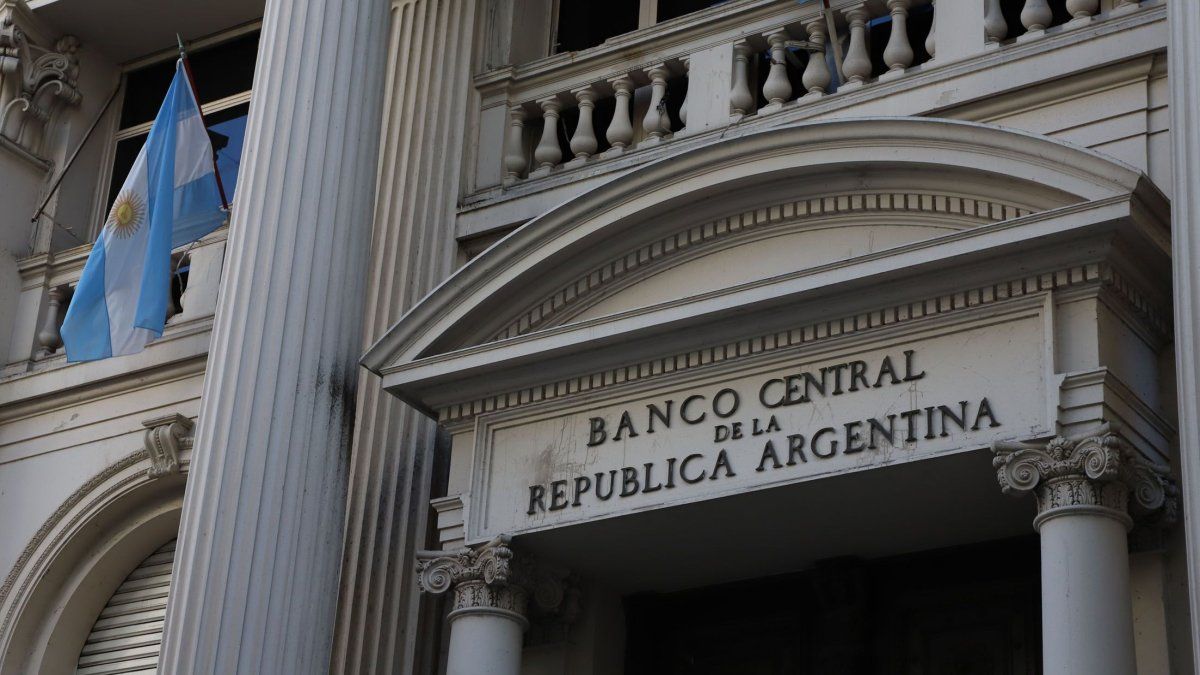He Central Bank (BCRA) cut the monetary policy rate by five percentage points this Friday, November 1 and took it from 40% to 35% (annual nominal rate – TNA). It is the first in five and a half months that modifies this variable since the last drop was on May 14 of this year and the measure was highly anticipated by some analysts in the city, who saw it as a natural step for the Government in the framework of the economic path that he traced.
“It was something that, in some way, The market anticipated that it would arrive with the inversion in the peso curve. The decision is made within the framework of lower inflationary expectations, as expected by the market for the coming months,” he tells Area Andrés Reschini, analyst F2 Financial Solutions. Thus, it stands out that the rate that the BCRA has just set remains slightly positive.
And it is that the Monthly Effective Rate (TEM) It became 2.92% and the annual effective rate (TEA) stands, as of today, at 41.19%. Thus, the monthly performance is in line with the expected inflation for October, which will be around 2.7%-2.9%, according to private estimates. Likewise, the BCRA also ordered a reduction in the interest rate on active repos from 45% to 40% of TNA.
“Bank liquidity is already at 38%, there is a shortage of pesos to obtain dollars and that puts downward pressure on the parallel exchange rate and what was missing was the lowering of the interest rate,” he tells Scope the economist Federico Glustein. According to his vision, since there is no emission, the Government will have to begin the mobility wheel of pesos that are worth more and more and he considers that “the change of focus of banks towards private credit “It is a sign that the economy is beginning to experience an expansion of credit to families and businesses.”
The effects of rate cuts: credit and official financing
In this framework, the entity in charge of Santiago Bausili take this measure. “The BCRA’s decision is based on consideration of the liquidity context, the observed decline in inflation expectations expressed both in the REM and in the implicit levels in the secondary securities market, and on the strengthening of the fiscal anchor,” he reported. the BCRA in the statement.
And just as this medium points out Eco Go economist Lucio Garay Méndez“with the slowdown in nominality that is observed, the reference rate was putting a floor on yields in pesos.” It indicates that when what happened this week in the Capitalization Bill curve (LECAP) is observed, the short tranche did not yield less than 3.3% monthly since that was the monetary policy rate that the Central Bank had set.
Thus, the analyst points out that, with this new rate reduction, “two doors are opening: first, lowers the cost of financing creditswhich can give another boost to loans that are growing at a good pace and, second, lowers the cost of financing to the Government that when I place LECAPs again I will surely do so at a lower rate”.
The BCRA lowered the rate: what is the risk of this move
However, on the other hand, Garay Méndez warns that The risk of this measure is that the dollar will skyrocket. “Until yesterday, the ‘carry trade’ continued, with the dollar rate that formed the LECAPs in the area of 3-3.5% and the official rate at 2% and financial dollars fell. Now, with less political interest monetary policy, we have to see how the returns are and what investors decide,” he details.
In this same sense, the economist points out Pablo Ferrari when he maintains that, although “It is not a strong decrease in the monetary policy rate, now, the banks are going to lower the yield they pay for fixed-term deposits.” They are going to perform less and the big dilemma is “where the pesos that are currently in those instruments are going to go,” he warns..
Source: Ambito
I am an author and journalist who has worked in the entertainment industry for over a decade. I currently work as a news editor at a major news website, and my focus is on covering the latest trends in entertainment. I also write occasional pieces for other outlets, and have authored two books about the entertainment industry.




